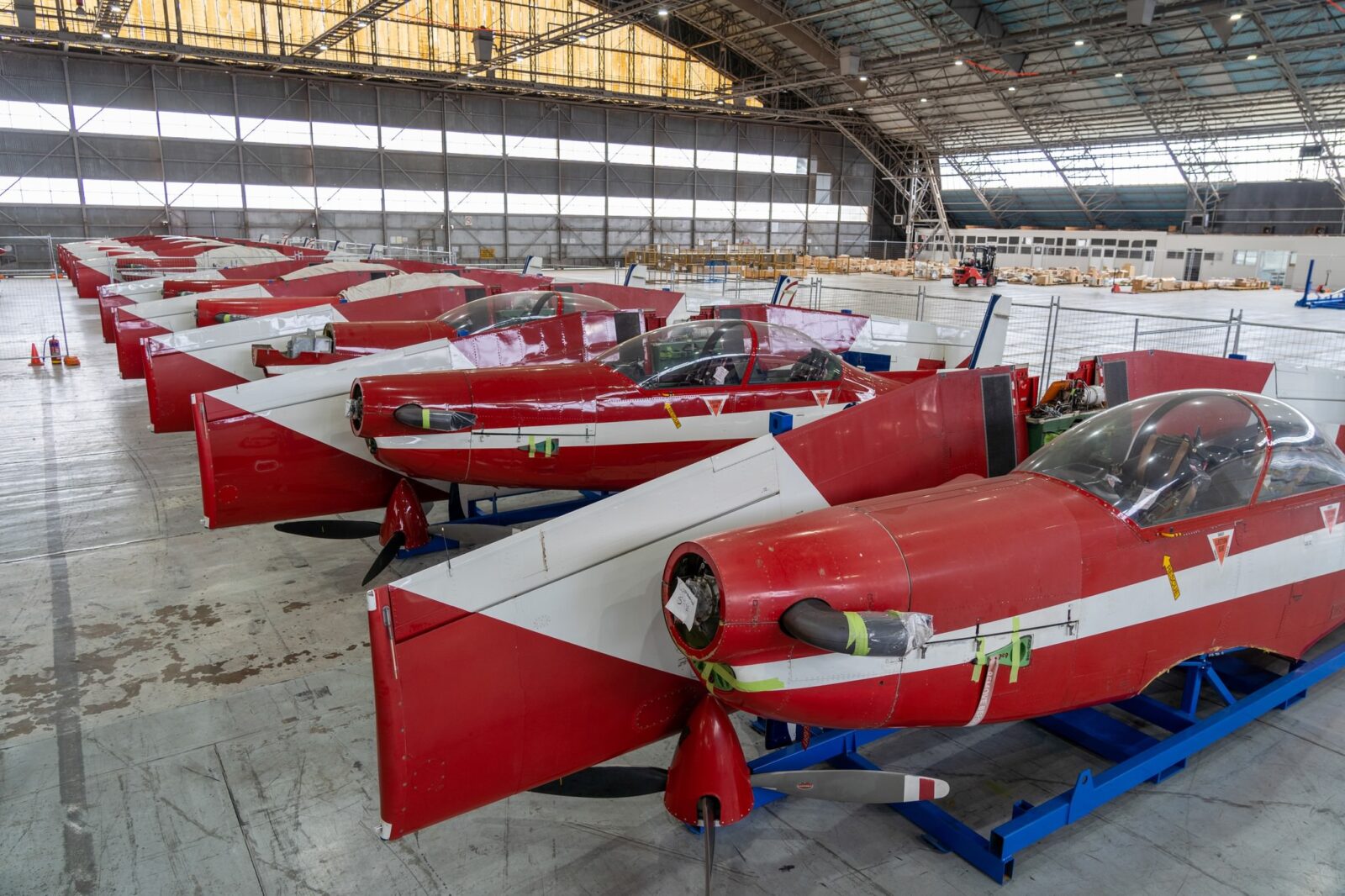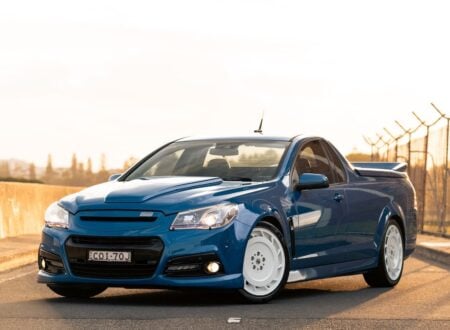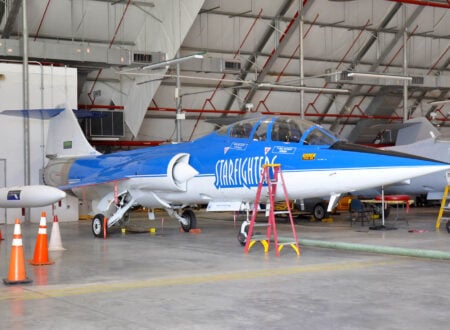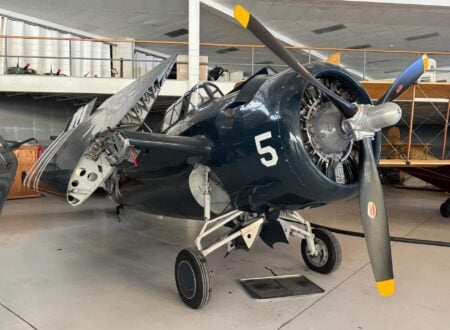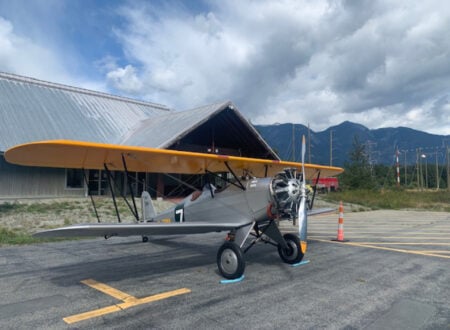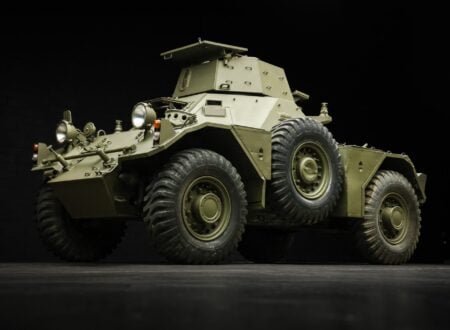As of December 2019 the Royal Australian Air Force has retired its fleet of Pilatus PC-9/A aircraft in order to replace them with the newer Pilatus PC-21 model. Each of the 18 ex-RAAF Pilatus PC-9/As will be auctioned individually in a little over a month with a starting bid of $1 AUD and no reserve price.
The Pilatus PC-9
The Pilatus PC-9 is a high-performance turboprop aircraft developed as a pilot training and aerobatic plane by Pilatus, a Swiss aircraft manufacturer. Variants of the PC-9 have been in use by militaries around the world since the 1980s including the Royal Australian Air Force, the Swiss Air Force, the Royal Thai Air Force, the Irish Air Corps, the Croatian Air Force, and many others.
Pilatus and Beechcraft also developed an extensively modified version of the PC-9 called the Beechcraft T-6A Texan II which is in use with both the United States Air Force and the United States Navy with over 700 built.
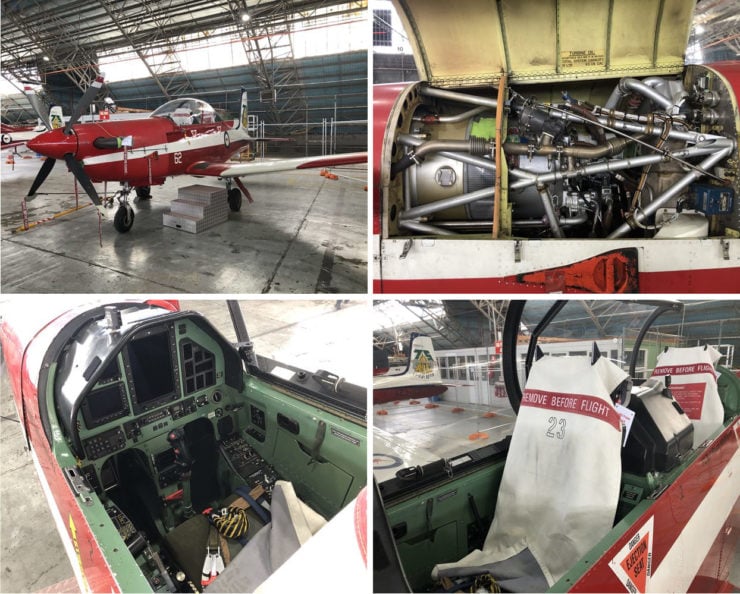
The Pilatus PC-9 was built in five major iterations: the PC-9, the PC-9/A, the PC-9M, PC-9B, and the Beech Pilatus PC-9 Mk II (later renamed to Beechcraft T-6A Texan II). With some variations they’re powered by the Pratt and Whitney PT6A-62 turboprop with 950 shaft horsepower, and they have a tandem two-seater configuration with quickly removable wings for transportation.
The PC-9 is an aerobatics-capable aircraft and it was used exclusively by the RAAF’s aerobatics display team “The Roulettes” between 1989 and early 2019.The aircraft has a climb rate of 3,880 ft/min, a maximum speed of 593 km/h (368 mph, 320 kn), a crushing speed of 556 km/h (345 mph, 300 kn) at 7,620 m (25,000 ft), a service ceiling of 11,580 m (37,990 ft), G-limits of + 7.0 g to −3.5 g, and a climb rate of 20.8 m/s (4,090 ft/min).
The Ex-RAAF Pilatus PC-9/A Aircraft Shown Here
As mentioned above there are 18 examples of the PC-9/A in a range of used conditions including some near-complete aircraft including avionics and mechanical components. There are both assembled and disassembled aircraft on offer – the disassembled units are stored in transport crates. Australian Frontline Machinery will supply CAMM2 Data on each of the aircraft to approved bidders, and they can be contacted via the page linked below.
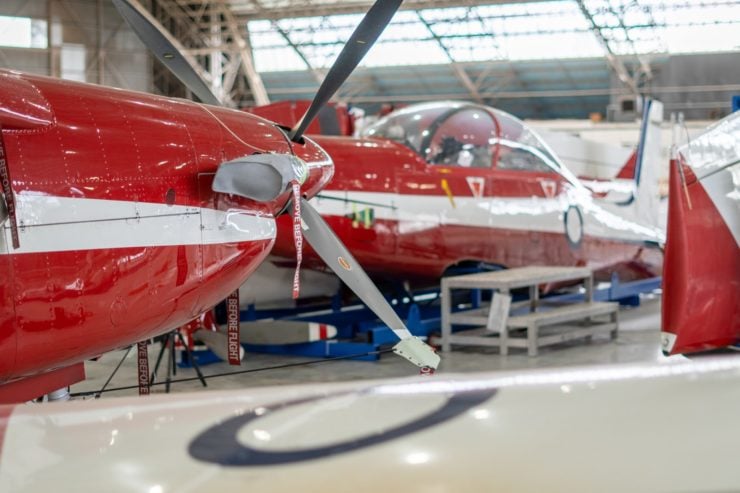
It’s important to note that most of these planes are still fitted with their original ejector seats however the explosives have been removed. There are also additional parts and equipment for sale separately, including PC-9/A upgrade kits, and buyers are responsible for collection (and disassembly if required) of their aircraft.
Parts availability for the PC-9/A is excellent, always a consideration when buying aircraft, and thanks to the popularity of the model it’s generally not too challenging to find mechanics with experience working on them in Europe, Asia, North America, the Middle East, and Australia. The PC-9M is still in production with Pilatus and the Pratt & Whitney Canada PT6 turboprop engine is still in production also, considerably simplifying upgrades and parts availability.
If you’d like to read more about these aircraft or register to bid you can click here to visit the listing on Australian Frontline Machinery. They’re due to be auctioned in 41 days and counting, if you’d like to see each individual aircraft listing you can click here to visit Pickles.
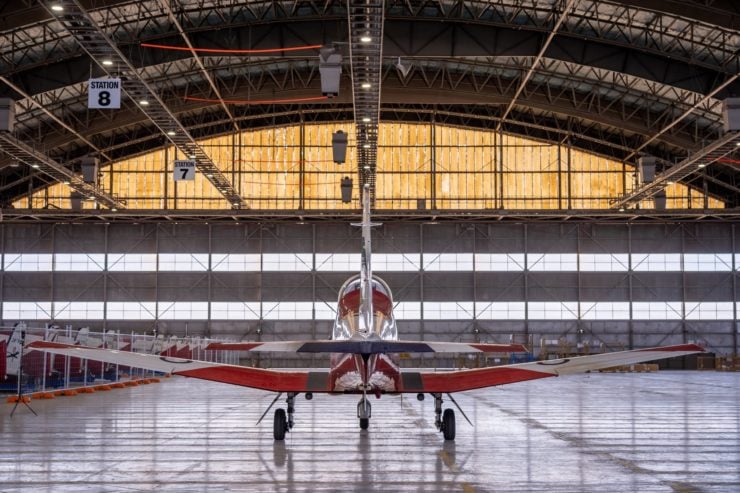
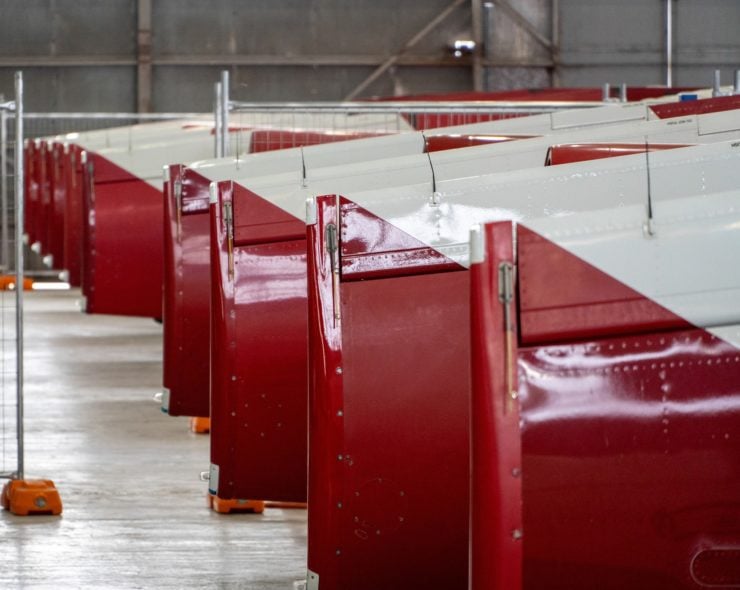
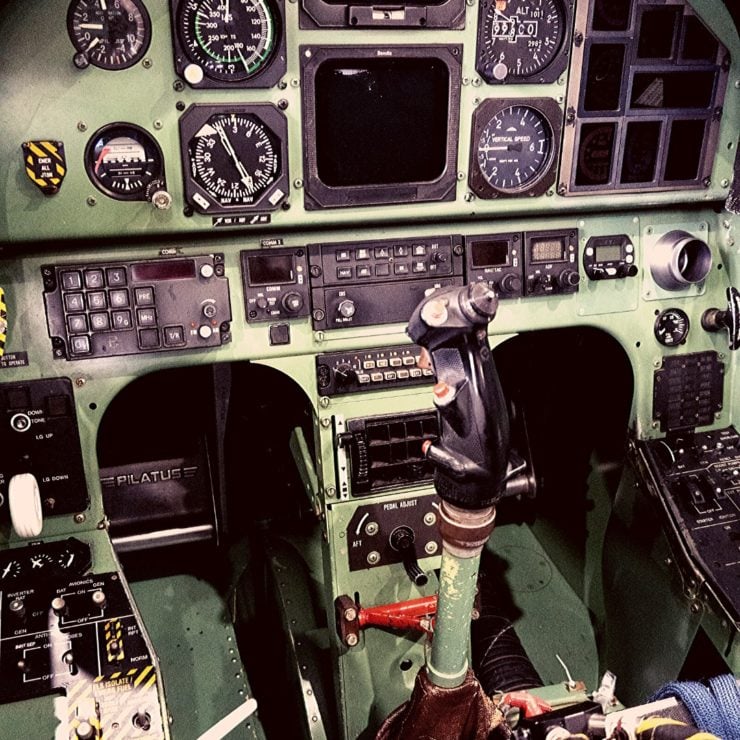
Images courtesy of Australian Frontline Machinery + Pickles

Articles that Ben has written have been covered on CNN, Popular Mechanics, Smithsonian Magazine, Road & Track Magazine, the official Pinterest blog, the official eBay Motors blog, BuzzFeed, Autoweek Magazine, Wired Magazine, Autoblog, Gear Patrol, Jalopnik, The Verge, and many more.
Silodrome was founded by Ben back in 2010, in the years since the site has grown to become a world leader in the alternative and vintage motoring sector, with well over a million monthly readers from around the world and many hundreds of thousands of followers on social media.

